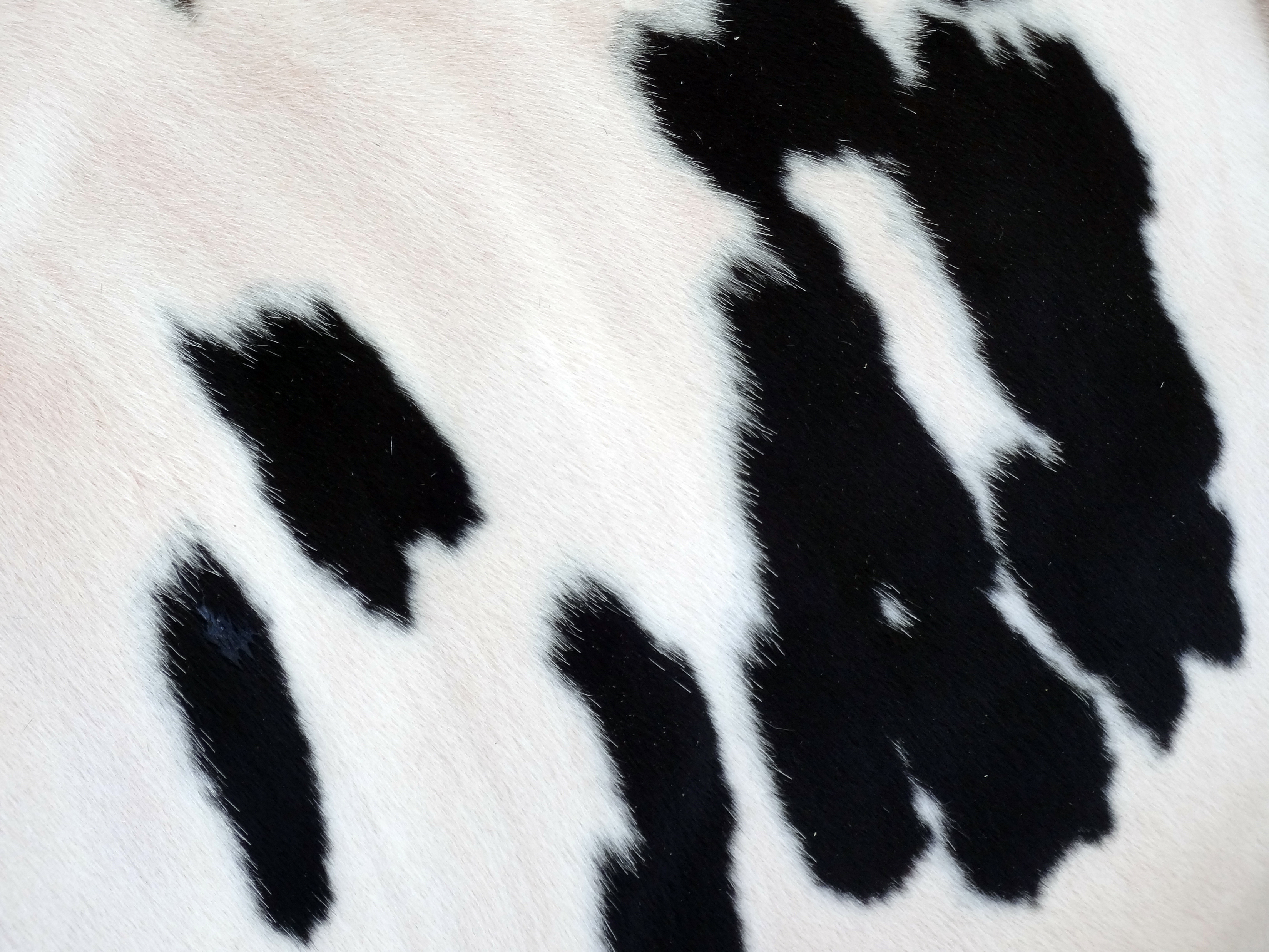Bovines and buffaloes are very different, there are two different typologies of reared buffaloes: swamp buffalo and river buffalo. The swamp buffalo are mainly reared in Asia, while in Italy and in the Mediterranean area the river buffalo are tended. The differences between the species start with the number of chromosomes (48 in swamps, 50 in river buffalo, 60 in cattle), through to the milk characteristics and yield. Buffalo milk production is around 12% of the world (more than 80% for cows) and its main use is for cheese making (i.e. this is the only permitted destination in Italy, with the production of international excellence products).
Moreover, the milk yield of cows and buffalos is very different: bovines can produce more than 30-40 kg of milk per day, while buffaloes had a lower production, around 12 kg/day. Buffaloes’ milk, however, contains higher levels of fat and protein (average of 8.16% of milk fat, 4.67% of milk protein) than the cows one. According to the specifications, Campania buffalo mozzarella, a PDO Italian product, uses milk with not less than 7.2% fat and 4.2% protein. Table 1 reports the main differences between cows’ and buffaloes’ milk.
Table 1: Chemical composition of buffalo and bovine milk (data from A.N.A.S.B., 2019; Italian National Research Institute for food and nutrition).
| Buffaloes milk | Cows milk | |
| Water | 81.5 | 87.5 |
| Dry matter | 18.5 | 12.5 |
| Lean residue | 10.3 | 9.0 |
| Casein | 3.6 | 2.8 |
| Lactoalbumin and lactoglobulin | 0.7 | 0.6 |
| Fat | 8.2 | 3.5 |
| Lactose | 5.0 | 4.5 |
| Ca(−) | 0.199 | 0.117 |
| P | 0.124 | 0.088 |
| Ca/P ratio | 1.61 | 1.31 |
| Ashes | 0.8 | 0.75 |
| Acidity (SH) | 10.12 | 10.57 |
| Density (15°C) | 1.031 | 1.029 |
| Specific weight | 1.033 | 1.031 |
The only source of income for buffalo milk in Italy is cheesemaking so that the milk qualities involved in this procedure are extremely important (they define the ability of milk to be transformed into cheese). Italian average date indicates that the buffaloes cheesemaking index is 1.8 times higher than cows: 100 kg of bovine milk gives among 13 kg of mozzarella cheese, while the same amount of buffaloes milk becomes over than 24 kg of this cheese. Of course, these values are strictly correlated to the fat and protein milk content that depends on animal genetics and nutrition.
Rumen kinetics in buffalo for numbers of nutrients are currently unknown and the nutrient requirements of these animals are not well defined. In dairy cows, the usefulness of dietary supplementation with rumen-protected amino acids is well known, while there are only a few studies (but with promising results) for buffaloes. For this reason, Vetagro decided to investigate the effect of rumen-protected methionine in dairy buffaloes. The experimentation took place in a commercial farm in the South of Italy in which the animals produced milk with slightly lower protein and fat concentration than the national average.
The animals involved were fresh buffaloes. For this 90 days trial a switch off– switch on protocol was used: 15 days of standard diet administration, followed by 15 days rumen-protected methionine continuous dietary supplementation (11 g/head/day), repeated 3 times.
During the first 15 days, without Met supplementation, the average milk yield was 7.48 kg/day, with 7.86% milk fat and 4.56% milk protein. Casein was 3.57 g/100 g of milk and 100 kg of buffaloes milk gave 24.75 kg of cheese.
Trial results (Figure 1) were extremely positives. After 3 treatment cycles, there were no differences in milk yield, but the milk fat increased by 1.32% and milk proteins were 4.84%, with 3.78% casein. The most interesting result was about cheesemaking: at the end of the experimentation, 100 kg of milk was transformed into 27.35 kg of cheese (2.6 kg improvement). Thinking about milk production around 1,985 kg/animal/lactation and 15€/kg of buffalo mozzarella cheese PDO, the improvement of the cheesemaking index led to 50.60 € higher economic income per animal, at each lactation. Moreover, results indicated a positive trend so that this data could be better with continuous rumen-protected amino acids dietary supplementations even longer than 90 days.
Conclusion
- Further studies are needed to understand the right requirements and nutrients rumen kinetics in buffaloes, as well as to define a standardized nutritional model for these animals;
- Amino acid intake and balance is extremely important both for cows and buffaloes, more than the crude protein dietary inclusion;
- Dietary buffaloes supplementation with rumen-protected amino acids, especially for important molecules as methionine, can notably improve milk production and quality, as well as cheesemaking index.
Figure 1: Results about milk quality and cheese production during the experimentation.
OFF: 15 days without methionine supplementation; ON: 15 days with RP Met (11 g/animal/day).
For more information: marketing@vetagro.comOriginal article here.









